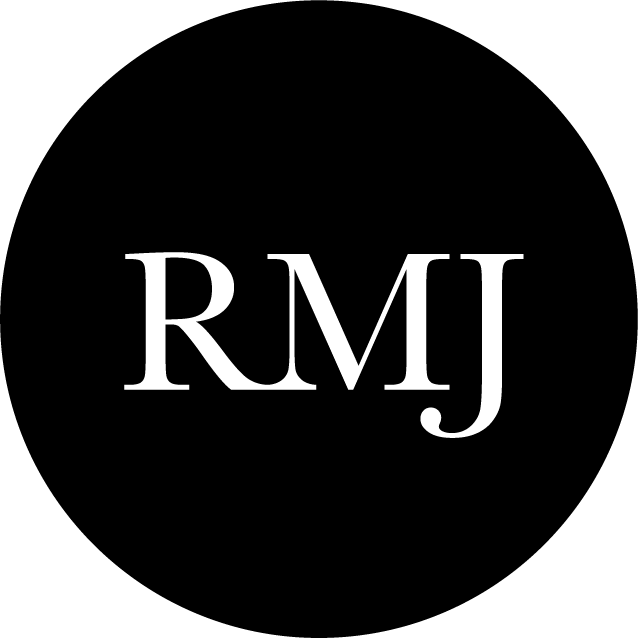
|
Rwanda Medical Journal
Rwanda Health Communication Center - Rwanda Biomedical Center (RHCC - RBC)
ISSN: 2079-097X
EISSN: 2079-097X
Vol. 72, No. 1, 2015, pp. 8-10
|
 Bioline Code: rw15002
Bioline Code: rw15002
Full paper language: French
Document type: Research Article
Document available free of charge
|
|
|
Rwanda Medical Journal, Vol. 72, No. 1, 2015, pp. 8-10
| fr |
Le Profil du patient glaucomateux au CHU de Brazzaville
ATIPO-TSIBA, P.W.
Résumé
Introduction: Le glaucome est un problème de santé publique. Il touche environ 67 millions d’individus dans le monde, et induit une cécité non curable. Les études réalisées au Cameroun et en Afrique du Sud situent sa prévalence autour de 5%. Au Congo Brazzaville il est peu documenté et les données le concernant sont anciennes. Une enquête réalisée en 1988 le place comme 2eme cause de cécité après la cataracte. Cette étude a eu pour objectif d’établir le profil du patient glaucomateux au CHU de Brazzaville.
Méthodes : C’est une étude rétrospective sur 2 ans (janvier 2009 – décembre 2010), réalisée dans le service d’ophtalmologie du CHU de Brazzaville. Les dossiers retenus étaient ceux des patients glaucomateux, quelque soit l’âge, le sexe, le type de glaucome et leur lieu de résidence. Le glaucome congénital était défini par l’association d’une buphtalmie et d’une dysgénésie de l’angle iridocornéen avec ou sans atteinte du nerf optique. Les autres types de glaucome étaient définis par des altérations de la papille avec ou sans atteinte du champ visuel.
Résultats : La fréquence était de 4,8%. L’âge moyen était de 47,9 ± 18,7 ans [1an - 86 ans]. La tranche d’âge de 40 – 60 ans (45%) était la plus atteinte. Le sex ratio homme/femme était de 1,8. L’âge supérieur à 40 ans (89,9%) était le principal facteur de risque. La baisse d’acuité visuelle (74,1%) était le premier motif de consultation. Les types de glaucome rencontrés étaient les suivants : GPAO (90,6%), glaucomes secondaires (5,6%), glaucomes congénitaux (3,8%). Les principales atteintes papillaires rencontrées étaient le croissant nasal (49,4%) et le notch temporal (41%). Les principales altérations périmétriques rencontrées étaient le scotome de Bjerrum (50%) et le scotome total (26,8%).
Conclusion : Le sujet glaucomateux au CHU de Brazzaville est typiquement un homme, au tour de la quarantaine, souffrant du GPAO, avec des altérations papillaires et périmétriques significatives lors du diagnostic.
Mots Clés
CHU /Brazzaville; GPAO; Homme; Quarantaine
|
| |
| en |
ATIPO-TSIBA, P.W.
Abstract
Background: Glaucoma is a public health problem. It affects approximately 67 million people worldwide and it induces uncurable blindness. Its prevalence is around 5% in Cameroon and in South Africa. In Congo Brazzaville, glaucoma is not well documented; the data concerning it are very old. Glaucoma is the second blindness diseases after cataract in the last survey in 1988. This work has aimed to establish the profile of glaucoma patients at the University Hospital of Brazzaville (UHB).
Methods: This is a retrospective study over 2 years (January 2009-December 2010), performed in the ophthalmology department of the UHB. The records selected were those of glaucoma patients, regardless of age, sex, type of glaucoma and their place of residence. Congenital glaucoma was defined by a combination of buphthalmos and dysgenesis of the iridocorneal angle with or without optic nerve damage. Other types of glaucoma were defined by damage of the papilla with or without involvement of the visual field.
Findings: The frequency was 4.8%. The mean age was 47.9 ± 18.7 years [1 year - 86 years]. The age group of 40-60 years (45%) was most
affected. The sex ratio male / female was 1.8. Age above 40 years (89.9%) was the main risk factor. The decrease in visual acuity (74.1%) was the first reason for consultation. Types of glaucoma encountered were POAG (90.6%), secondary glaucoma (5.6%), congenital glaucoma (3.8%). The main papillary damage were growing nasal (49.4%) and the temporal notch (41%). The main visual field symptoms were Bjerrum scotoma (50%) and total scotoma (26.8%).
Conclusion: The glaucoma person at the UHB is typically a man’s turn forty, with the POAG and importants damages of papilla and visual field.
Keywords
University Hospital of Brazzaville; POAG; Man; forty
|
| |
© Copyright 2015 - Rwanda Medical Journal
Alternative site location: http://www.rwandamedicaljournal.org
|
|
